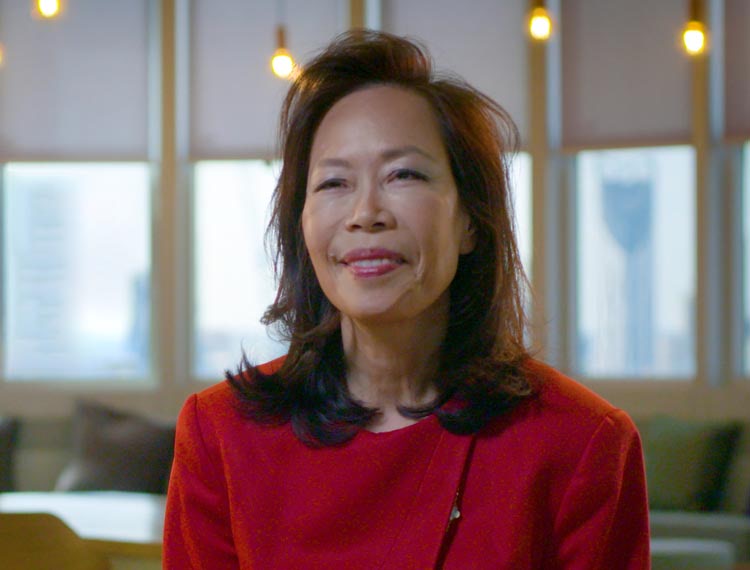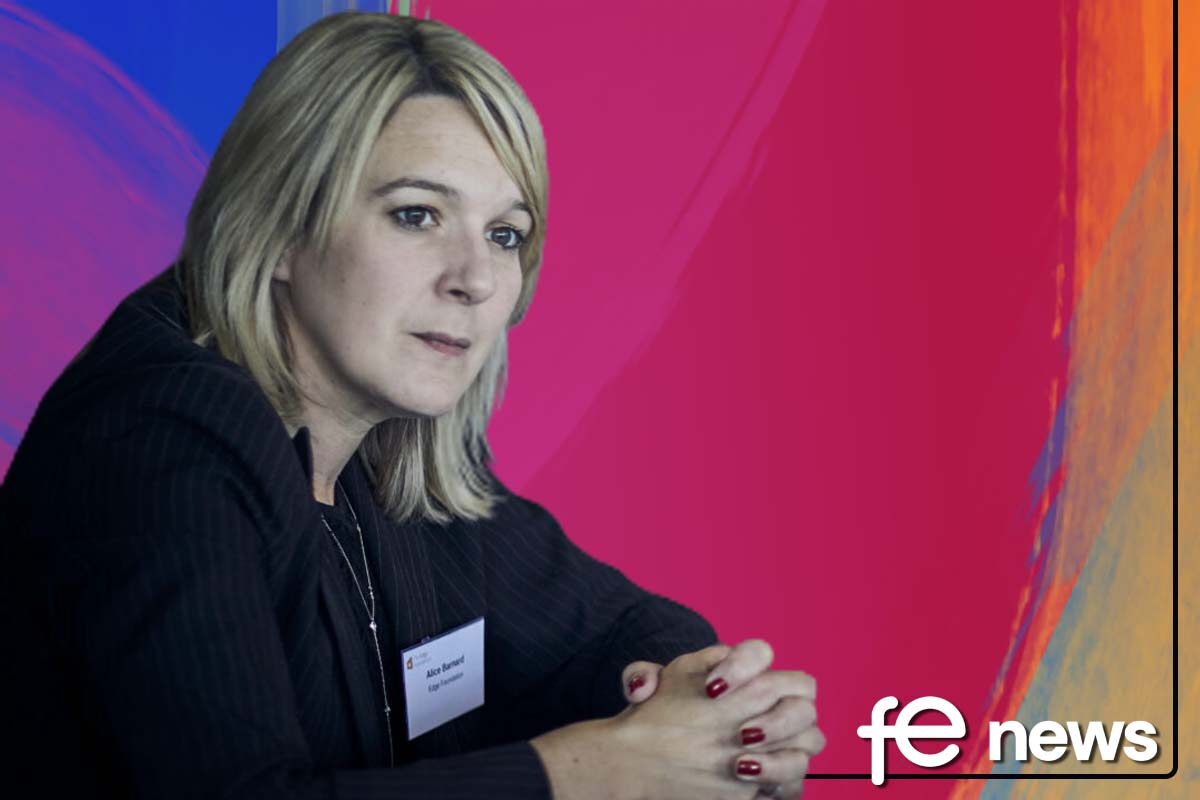Data is key to providing the transparency and insight to drive better decision-making

Women CEOs: Fighting For Representation
This month marks the third annual deadline for UK businesses (over 250 employees) to publish their Gender Pay Gap data. Although the Government has suspended reporting due to coronavirus, many companies have already disclosed their information which is part of the Government’s commitment to ensuring women have the same opportunities as men to fulfil their potential in the workplace.
Although the ONS reported that the median hourly gender pay gap across all sectors decreased by 0.5% to 17.3% from 2018 to 2019, it is evident that the UK still has significant progress to make to close the gap. This data can be catalyst for driving change, showing how data and analytics can provide much needed transparency and stimulus to address imbalance and discrimination.
Women in Data and Dun & Bradstreet brought together a panel of business leaders and activists for a special podcast to discuss the gaps and barriers that exist within organisations, particularly around gender and diversity, and explore potential solutions.
One of the panellists, Claire Barnett, Executive Director at UN Women UK shared her view that, “to understand people, which is fundamentally our job when we’re creating solutions, we have to understand data. And that applies for the pay gap as much as anything else.”
Sam Tidswell-Norrish, International CMO at Dun & Bradstreet echoed the important role data can play to enact change: “Data is key to providing the transparency and insight needed by businesses to drive decision-making. Businesses have an opportunity to use data to truly address the inequality that is sadly still prevalent across many industries, and to unlock the value that diversity can bring. Diverse businesses are better businesses.”
Female representation in the highest corporate environment has evolved over time with changes becoming increasingly more visible.
While change may be taking too long, a study of the figures demonstrates how diversity is demonstrated in the UK’s top companies.
Female CEOs in the FTSE
Of the biggest roles at the head of one of the 100 most successful companies in the UK, only five of the top positions are held by women. This figure is down from the highest figure of six seen between 2017-2020 and should be a stark warning that current measures to bring about 50/50 representation are a long way off. Not only are there fewer women CEOs, with a rise in this figure not occurring since 2012, but even at these top-level positions a pay gap remains visible between the highest paid male CEO and his respective female counterparts.
Predicted Rise
While the government has a bold plan to increase diversity in these roles it is taking far longer than their estimations. While their goal is to have women in 33% of these roles at the current rate, complete equality, a 50/50 split, would take over 80 years to achieve with the goal not being reached until 2101.
This development is improving in senior management positions within companies in the FTSE100 but once again has much more progress to make. Only 18 FTSE 100 companies have more than a third of their leadership positions held by women. It is predicted that there will be an equal split on the boards of these companies by 2030, as its ratio continues to improve year on year.
The most common roles fulfilled by women in the FTSE are that of Human Resources. Women hold 66% of these roles at the top companies, a stark contrast to the percentage of females fulfilling the role as finance director, at only 15%.
Who Are The Current Five Female CEOs
- Emma Walmsley: GlaxoSmithKline – Joined GSK in 2010 and became its chief executive in 2017. She is the only woman among the 25 highest-paid CEOs in the FTSE 100, but still earns about a tenth of the highest-paid male CEO.1
- Liv Garfield: Severn Trent – Appointed in 2014 and still the youngest CEO of a FTSE 100 company to date. Severn Trent’s share price has seen an improvement of 33.9% since she’s been at the helm.2
- Carolyn McCall: ITV – Chosen as the first female chief executive of the ITV group. She was awarded an OBE for her services to women in business.
- Allison Brittain: Whitbread – Lauded for overseeing a sale that provided a major cash injection for Whitbread. She was appointed a CBE in 2019.
- Alison Rose: Royal Bank of Scotland Group – Worked for RBS for 27 years and was appointed as chief executive in 2019. She is expected to roll out a new strategy for the bank to boost efficiency.
A CEOs perspective
June Felix has been CEO of IG since 2018 and has been keen to champion increased equality in all its forms.
“I believe without any doubt whatsoever that equality, fairness, meritocracy, openness and diversity of thought are the most important qualities that any organisation can have.”
Developing a company’s offering through its diverse workforce is one approach, however June sees much more benefit in developing individuals’ skills and abilities.
“We know that to win in rapidly-changing global markets, gender, age, ethnicity, sexual orientation and religion are immaterial. Regardless of anyone’s background, what we are looking for are people who will make our organisation better – not because they fit in and think the same way, but because they bring unique perspectives and experiences. Diversity of thought is not only the right thing to do – it makes sound commercial sense too”
Financial Flaws
While all those in the position of CEO at any of the FTSE100 companies will be receiving more than suitable remuneration, there is still disparity between the amounts given to female and male CEOs. It may not initially seem that way, as the average base salary of female CEOs is actually slightly more than male CEOs. However, thanks to the way in which remuneration is given to these positions, much more in bonuses than the base salary, the average male CEO earns almost £900,000 more each year. Click here to see the full IG research and infographic.
The highest paid female CEO, Emma Walmsley is the only female CEO to earn more than the male average, with her yearly earnings last year reaching £5.8million.
Is This Symbolic of Wider Issues?
These issues certainly aren’t limited to the companies in the FTSE100, in the FTSE250 the representation of female CEOs drops from 5% to 2%. The British government stated in 2019 that half of all FTSE100 executive level appointments should be females in order to meet their 33% target of female representation across the boards. Even if this is successfully met, equality wouldn’t be seen until 2068.
Women can face a variety of challenges when climbing the corporate ladder – including gender bias, inequality, lack of support, negative mindsets and workplace cultures, high standards and family choices. If men and women don’t work together to raise awareness and eliminate some of these obstacles, this gender gap will continue to exist.
Blair Collins-Thomas, Senior Content Executive, Kaizen











Responses